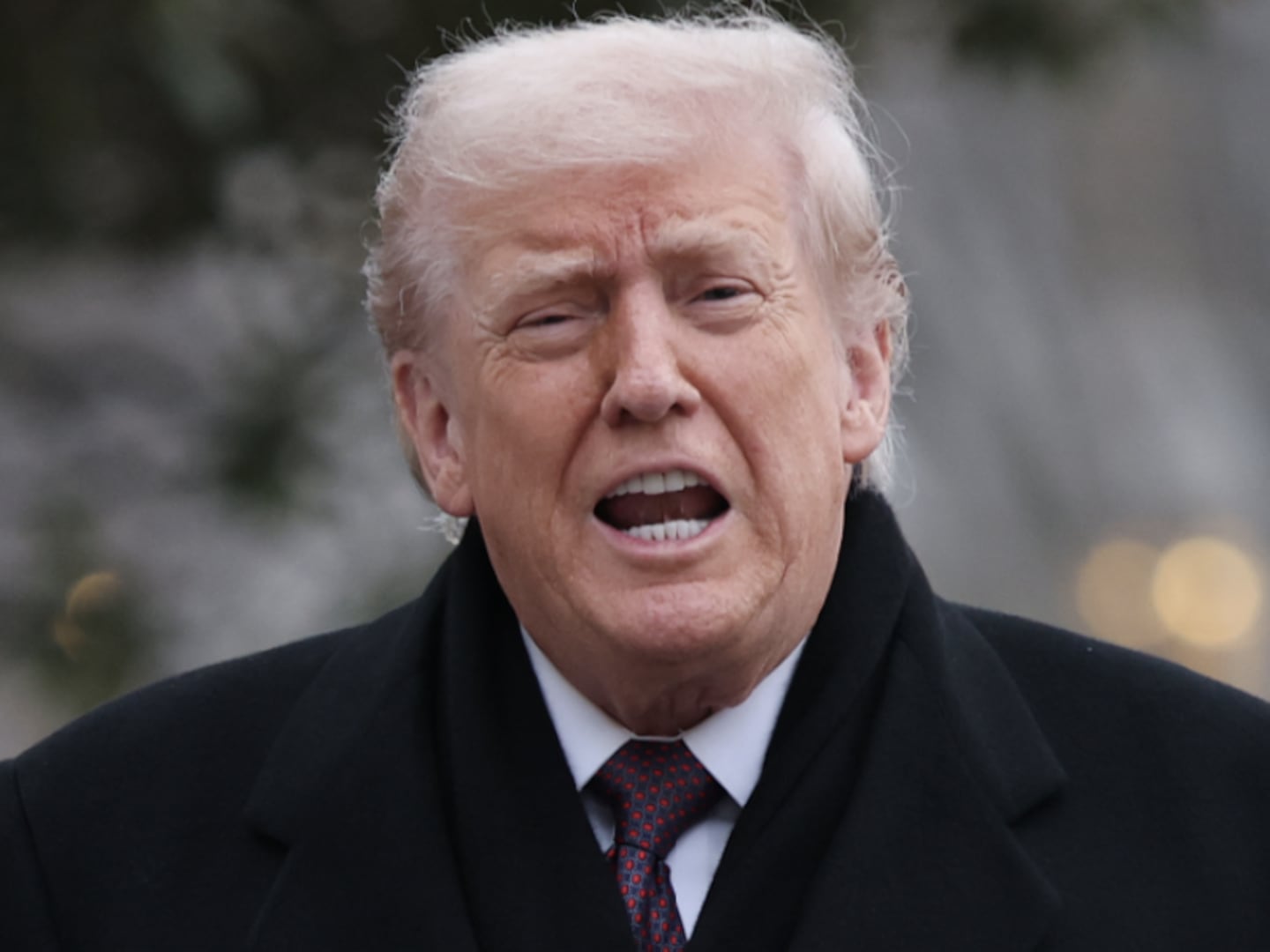Two major reports Friday from the Centers for Disease Control and Prevention confirmed with thorough analysis that a slowdown of Ebola is indeed occurring in Liberia, and that increased intervention is still needed to contain it. These come on the heels of new data Friday from the World Health Organization showing a decrease in Liberia’s death toll, as well as President Ellen Johnson Sirleaf’s decision Thursday to lift the state of emergency.
Suffice to say, there is finally a light at the end of the tunnel in Liberia. Once the fastest growing segment of the Ebola epidemic, it is now holding steady at 6,878 cases of Ebola and 2,812 deaths (down from the estimate of 2,836 two days prior). While the caution that the fragility of this situation calls for cannot be overstated, neither can the successes made thus far.
As of today, Liberia has defiantly beaten the odds.
When the state of emergency was issued Aug. 7, some 300 Liberians had been infected with the virus. Less than a month later, the number had nearly quadrupled. Once averaging an estimated 500 cases a day, the country is now down to 50. “We took on a fight, we appealed to the world, we appealed to our citizens, our citizens listened, and the world responded,” said Sirleaf in her statement. “Today we can all be proud of the progress.”
The good news doesn’t stop there. Ten out of the 15 counties hit with Ebola in the nation have recorded no new cases since Sunday, leaving many once-overcapacity treatment centers nearly empty. That includes a 125-bed ETU in the northern district of Foya that once formed the epicenter of the outbreak, forcing health-care workers to turn away sick patients at their gates. With zero new patients in weeks, the region bordering both Sierra Leone and Guinea has been declared virtually Ebola-free.
Good news, in an epidemic as unpredictable as this one, must be met with caution.
The CDC’s reports, while equally encouraging as the other news, further underscore just how quickly the tide could change. One of the CDC’s specific reports zeroes in on Lofa County, the virtual breadbasket of Liberia hit with an explosion of Ebola from neighboring Guinea. Following a peak of 153 new cases a week in August, Lofa was down to just four new cases for the week ending Nov. 1. Admissions to the treatment centers too have dropped dramatically, from a peak of 133 in August to just one last week.
The authors cited specific protocols as the leading causes of the decrease, including: “increased bed capacity, safe patient transport, and training of burial teams.” But as bigger counties such as Lofa and nearby Montserrad are now prepared to handle cases, other areas with new outbreaks are not. Many of these, especially in rural areas, are what concerns the CDC. “The widespread distribution of disease in urban and rural settings, coupled with a highly mobile population, presents extraordinary challenges,” write the authors. “Intensified case identification and contact-tracing efforts are needed in all counties while sustaining current interventions and refining control strategies to stop transmission in other counties.”
Dr. Emmanuel Boyah, a primary health-care manager for the International Rescue Committee, has been fighting fearlessly on the Ebola frontlines of Lofa County since August. While Boyah say he’s encouraged by what he calls a “great reduction” in the caseload in Lofa, he’s quick to manage the level of relief this may bring. If anyone has the right to, it’s him. When we spoke in August, just over 600 of his fellow Liberians had succumbed to the disease. Now, it’s more than four times that.
“The fight of Ebola… is a complicated fight. It’s complicated to the point that sometimes the rate of cases will slow down during certain periods, as we are experiencing now, and after few times it will rise up in other unexpected locations and the respond team will have to quickly move in to bring the situation under control,” he says in an email. “This is how complicated the fight is looking.”
After spending a long day in the field assessing the needs of nearby hospitals and treatment centers, Boyah says he’s acutely aware of how great the need for resources remains. “[We] need essential drugs and medical supplies, including infection preventions and control materials, since we are now opening all of our health facilities to the public for use,” he writes. “We also need sufficient funding to continue with the response activities. We actually need the funding to empower various community health structures to continue the fight at the grassroots level in order to sustain the successes we are obtaining in the fight against Ebola.”
His observations are important ones. While Liberia may be gaining an upper hand on the virus itself, further damage to the country’s already-weak infrastructure is sure to leave more problems in its wake. Hunger, illiteracy, and alternate diseases have reared their ugly heads—proving that, whether Ebola makes a resurgence or not, Liberia has a long way to go.
But as many have reported from on the ground, the country is bravely forging ahead. Nowhere is this untiring spirit of hope more perfectly captured than the story of a 5-year-old girl in Liberia who, after losing both parents to the virus, came face to face with it herself. “Anne Marie the Invincible” came out unscathed—and giggling. UNICEF’s Sarah Crowe, who met the little girl (self-nicknamed “Boss Lady”), says her story helps us see Liberia through a different lens—not one of struggle, but one of resilience.
“She would be my ‘boss lady,’” Crowe writes of the indefatigable Anne Marie. “Daring the world to look at her, look away from the horror, and to imagine there is no Ebola, that Ebola had left Liberia so she could go back to school. It was a look that said: Bring on the future.”






